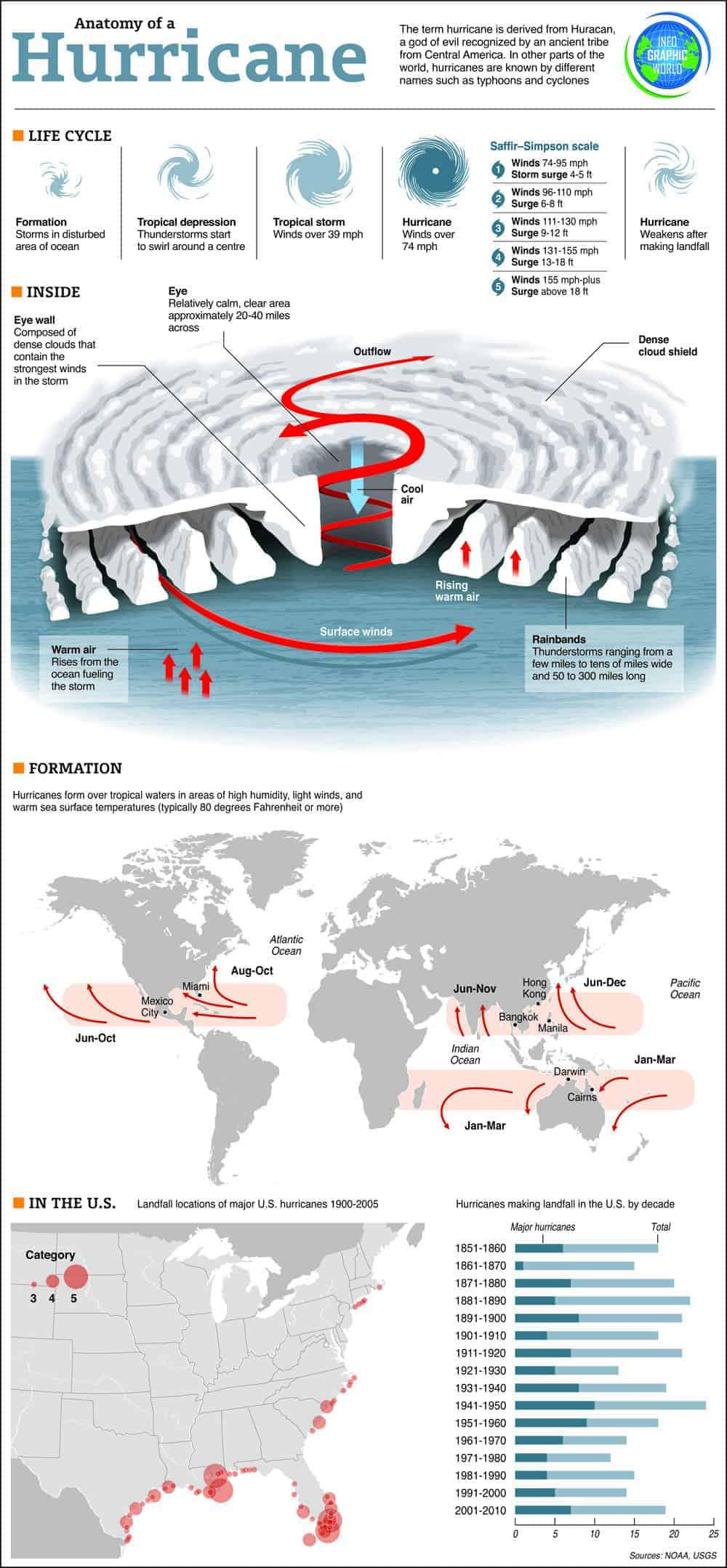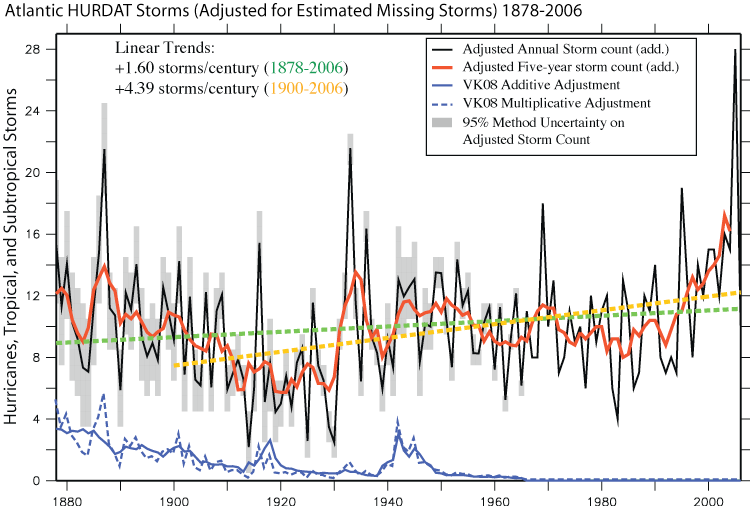Since it shows the global distribution, an interesting curiosity: some years ago there was the first and only recorded hurricane in the South Atlantic, named Catarina after it hit my state of Santa Catarina in Brazil.
Since "hurricanes don't happen in the South Atlantic", Brazilian meteorologists were sort of ignoring the threat until the USians started calling to warn.

